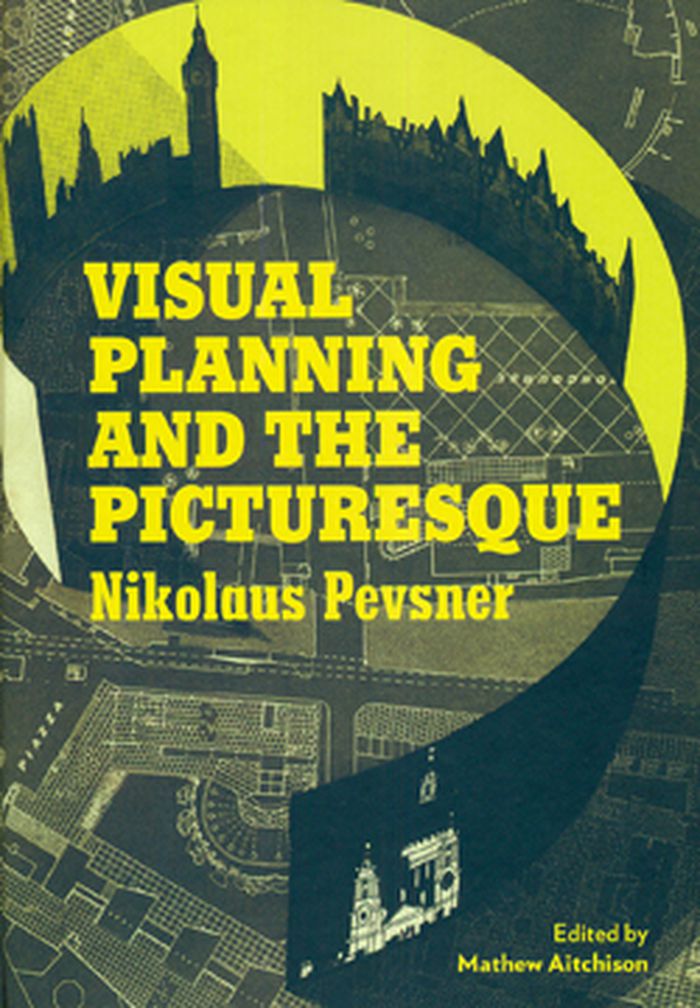$120.99
(disponible sur commande)
Résumé:
As we stand on the cusp of a fundamental restructuring of the housing and building industries, this book provides timely insights into the promise of prefabricated housing. The idea of a more industrialised approach to house building is not a new one: since the 19th century, designers, inventors, engineers, builders, developers, and entrepreneurs have all been fascinated(...)
Prefab housing and the future of building
Actions:
Prix:
$120.99
(disponible sur commande)
Résumé:
As we stand on the cusp of a fundamental restructuring of the housing and building industries, this book provides timely insights into the promise of prefabricated housing. The idea of a more industrialised approach to house building is not a new one: since the 19th century, designers, inventors, engineers, builders, developers, and entrepreneurs have all been fascinated by the idea of the factory-built, modular home. But international housing affordability crises, emerging technologies, and concerns for more sustainable building practices have given a new urgency to the need to transform building construction in the 21st century.
Structures d’ingénierie
$39.95
(disponible sur commande)
Résumé:
This previously unpublished work by Nikolaus Pevsner (1902-1983)was begun in the mid-1940s. As assembled and annotated here, Visual Planning and the Picturesque comprises three parts. The first part analyzes English planning tradition before 1800. The second surveys English planning theory or, by Pevsner's lights, the theory of the picturesque. The third part is(...)
Visual planning and the picturesque
Actions:
Prix:
$39.95
(disponible sur commande)
Résumé:
This previously unpublished work by Nikolaus Pevsner (1902-1983)was begun in the mid-1940s. As assembled and annotated here, Visual Planning and the Picturesque comprises three parts. The first part analyzes English planning tradition before 1800. The second surveys English planning theory or, by Pevsner's lights, the theory of the picturesque. The third part is essentially a meditation on how this tradition and this theory shaped architecture and urban planning in England in the nineteenth century and, potentially, the twentieth as well. The work as a whole is a surprisingly fresh plea for a visual approach to urban design and common sense in architecture, one that sought to incorporate and mediate rather than idealize and exclude.
Théorie de l’urbanisme

